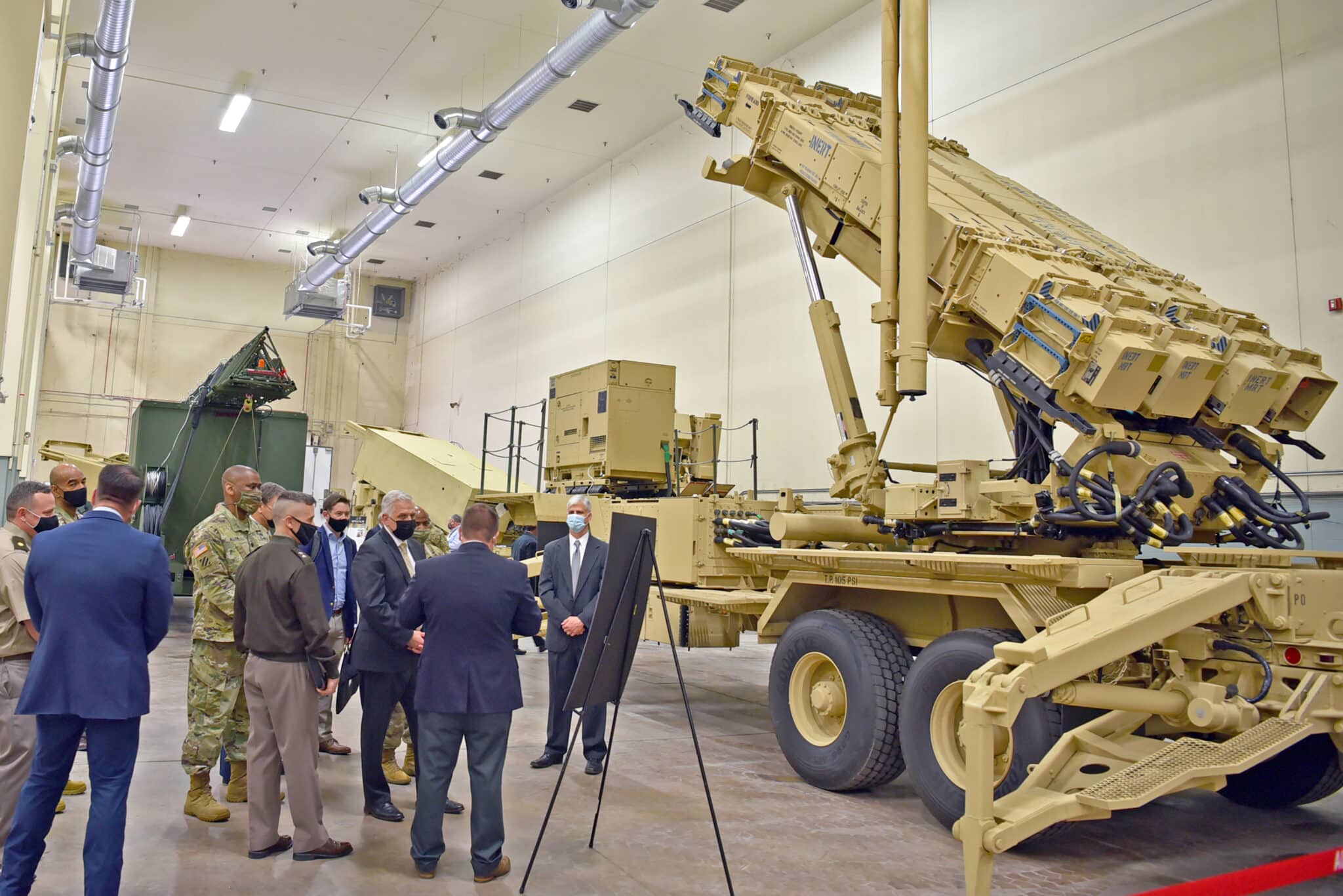This week the Senate Appropriations Committee took up the Pentagon spending bill for fiscal year (FY) 2015. When all was said and done, the Committee passed a bill that proposes spending just under $490 billion on the Pentagon “base” budget. This is within shouting distance of what the House Appropriations Committee passed last month at just slightly less than $491 billion.
In addition to this base budget, the Senate appropriators propose spending $59.7 billion on the so-called “Overseas Contingency Operations” (OCO) accounts. This is actually more than a billion over the Administration’s request of $58.6 billion for this questionable slush fund.
As you might expect, some of the priorities of the Senate, in the hands of the Democrats, differed from those of the Republican-controlled House of Representatives. The Senate Committee’s priorities are obvious as you read through the voluminous tables accompanying the written report.
Major increases to programs include:
- Twelve EA-18G “Growler” aircraft, adding $1.3 billion to the Navy accounts.
-
An additional $848.7 million to immediately begin the refueling and complex overhaul of a nuclear powered aircraft carrier that the Navy wants to delay by a year. This money is also slated to cover associated costs of retaining the airwing assigned to that carrier.
- One additional amphibious ship, an LPD-17, at the cost of $800 million.
- The addition of $338 million to maintain the A-10 close air support plane. And while we agree that the A-10 and the Growler (see above) are more cost-efficient platforms for their missions than the hugely expensive F-35, the only way you can use the taxpayers’ money wisely is if you buy the current item and forego the new, expensive alternative. We have written extensively on this topic. (At least the Senate didn’t go along with the House plan to increase the F-35 purchase by 4 additional aircraft at a cost of an additional $479 million. We sent a letter to all Senators on this issue earlier this week.)
-
Despite the Administration’s efforts to reduce overhead costs of military commissaries, and eventually bring them in line with how military exchanges are run, the Committee added $200 million to the working capital fund that runs the commissary system. We think domestic commissaries are a relic of a time when military bases were in remote areas, and we believe they should be closed.
-
$120 million to “upgrade” the Abrams tank.
- An additional $80 million for the Littoral Combat Ship (LCS) “only for the preservation of block buy pricing.” Later in the report, the Committee directs a reduction of more than $71 million to “slow the procurement of LCS mission modules.” (Kind of like the old tale of robbing Peter to pay Paul.) LCS was offered up by the Secretary of Defense at his first FY15 budget briefing as an area of potential savings. He stated the purchase of LCS would end with the procurement of the 32nd ship in FY18. And then he wants the Navy to look at a new, more survivable, ship in FY19. We believe LCS should be terminated after the last of the ships currently on order are built.
In a few instances, the Committee took actions that may actually save money, or declined a military service request:
-
A request from the Navy to create a special account, outside the Navy budget, to fund the replacement for the OHIO class submarine was not agreed to. While the Committee was silent about the issue, they placed the $853 million in R&D funds for this program within the Navy’s budget. We believe Navy shipbuilding should be paid for with Navy money, and not some new, nebulous pot of general defense money.
- The Committee agreed to the 1% requested by the Administration for a basic pay raise to military personnel. They also agreed to the pay freeze on for admirals and generals and to slow the growth of the basic allowance for housing, or “BAH.”
In the OCO accounts, it is encouraging that the Senate Committee pared back on one major item. The new “Counterterrorism Partnerships Fund” was scaled back to a mere $2.9 billion.($1.9 billion in the OCO account and an additional $1 billion in the base budget.) We believe this request needs more oversight and scrutiny than could be accomplished in the three weeks since the President announced it.
However, the so-called European Reassurance Initiative was increased by $75 million to $1 billion. Starting new programs like these in a rush is never a good use of the taxpayers’ dollar. New government programs, once they’re created, are almost impossible to kill. And funding new, long term, initiatives in the Overseas Contingency Operations (OCO) budget seems to turn the meaning of contingency operations on its head. Besides, the U.S. already has a European reassurance program in place – it’s called NATO.
Finally, somehow the National Guard and Reserve Equipment Account, has migrated from the base budget to the OCO accounts for the first time (the FY14 spending bill had it in the base budget). This is a billion dollar account with the goal of meeting modernization priorities of the Reserve and National Guard. Now that it’s in OCO we have the unusual, and undesirable, situation of a slush fund within a slush fund.











Get Social